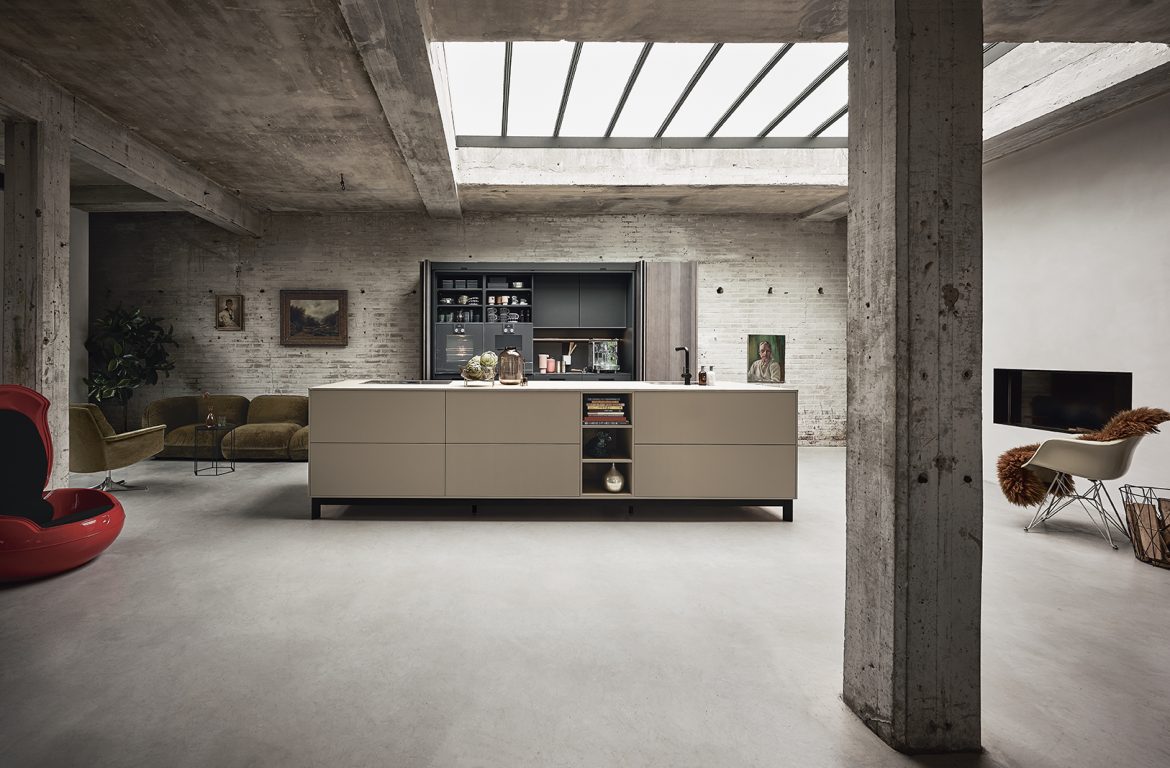Lighting isn’t just a final step in kitchen design, it’s part of the personality of the space. The way light touches each corner can turn a plain kitchen into a place you want to linger in. In a modular kitchen in Dubai, where clean lines and sleek surfaces are common, the right light can soften edges and bring warmth without changing the layout.
Let Light Shape the Mood:
Instead of filling the room with even brightness, think of lighting as a way to build mood. Soft shadows in quiet corners, gentle highlights on smooth countertops, these small touches make a kitchen feel alive. Try playing with contrast. Let one area glow while another stays calm. This rhythm of light and shade adds depth and makes even a simple kitchen feel layered.
Use Lighting as a Quiet Accent:
Sometimes, it’s the light you barely notice that makes the biggest impact. A slim LED tucked under a floating shelf, or a warm glow behind frosted glass, can shift the whole mood of the room. Let the light behave more like a whisper than a shout.
Make Space for Evening Light:
Kitchen lighting often focuses on daytime tasks, but evenings need a different approach. After dinner, when the counters are clean and the stove is quiet, the kitchen becomes part of your home’s evening rhythm. Soft, low lighting maybe a lamp on the side or a dimmed pendant, can help the space settle into the background without feeling empty.
Think Beyond the Ceiling:
Ceiling lights are expected. But floor-level lighting? That’s something else. A soft strip along the base cabinets or a glow along the edge of a kitchen island can guide footsteps at night and give the space a grounded, modern feel. It’s like giving your kitchen a quiet heartbeat after dark.
Light with Texture, Not Just Brightness:
Polished countertops, matte cabinets, shiny tiles, light hits each one differently. Instead of focusing only on how bright a light is, think about how it plays with these surfaces. A single source can bounce, scatter, and soften depending on where it lands. Lighting is for function and it’s a part of the design language.
Good kitchen lighting doesn’t try too hard. It supports the space quietly, shifts as the day moves, and adds feeling without drawing attention to itself. When done with care, it doesn’t just light the room, it brings it to life.



